The standard aspect ratio of 35mm film is 1.5:1 (36mm x 24mm). In contrast, wide aspect negatives range up to the ultra wide, and pricey, Hasselblad XPan, with an aspect ratio of 2.7:1. Of course one could always crop a negative to some other aspect ratio but that, in turn, raises other issues of resolution and framing. So let’s discount 35mm and move on to medium format. We could talk about large format, but that has the potential to become too unwieldy.
Wide aspect medium format negs
The standard frame sizes on 120 film range from 6 x 4.5 (56mm x 41,5mm), to 6 x 9 (56mm x 84mm), with the same aspect ratio (1:1.5) as standard 35mm negs, just bigger. But what if you want to go even wider? For example 6 x 12 (56mm x 118mm) which has about a 2.1:1 aspect ratio.
There are options, including some that use an iPhone as a view finder or that allow you to swap out the back for ground glass to facilitate accurate framing and focussing. Some are 3D printed. Most require that you add a lens using the appropriate lens cone. The cost is often a bit much. But there are other options. A recent 35mmc article covered one in A Few Frames Going Horizontal.
The 116 solution
First made in 1899, 116 film was discontinued in 1984. Nominally 65mm x 110mm on 70mm-wide film stock, 116 film is slightly wider (5mm) than 120 film introduced two years later. Cameras designed for 116 film (or 616) produced negs that are almost as large as 6 x 12 – up to 2½” x 4¼” (65mm x 108mm). At full-frame on 70mm or 65mm film, 116 yields a neg that can be ideal for contact printing as a carte-de-visite.
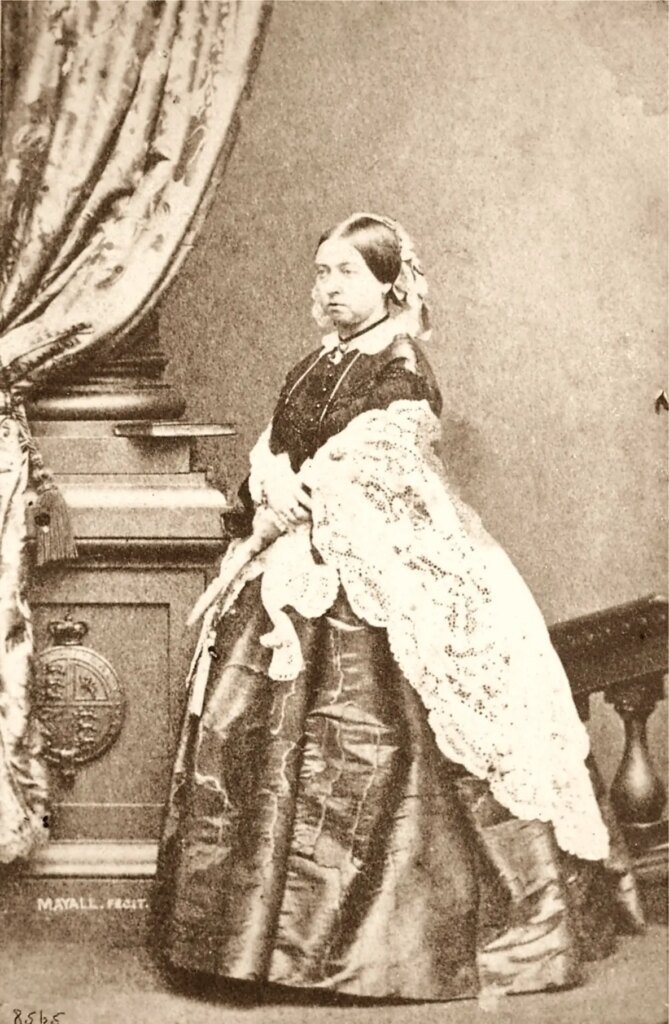
With 120 film loaded in a 116 camera, an image can be up to 56mm x 108mm where the aspect ratio is almost 2:1 (1.92:1).
616 film is just 116 film respooled on 616 spools that are the same height but smaller and thiner. Kodak’s ploy to increase market share, just as 620 film is merely 120 film on a different spool..
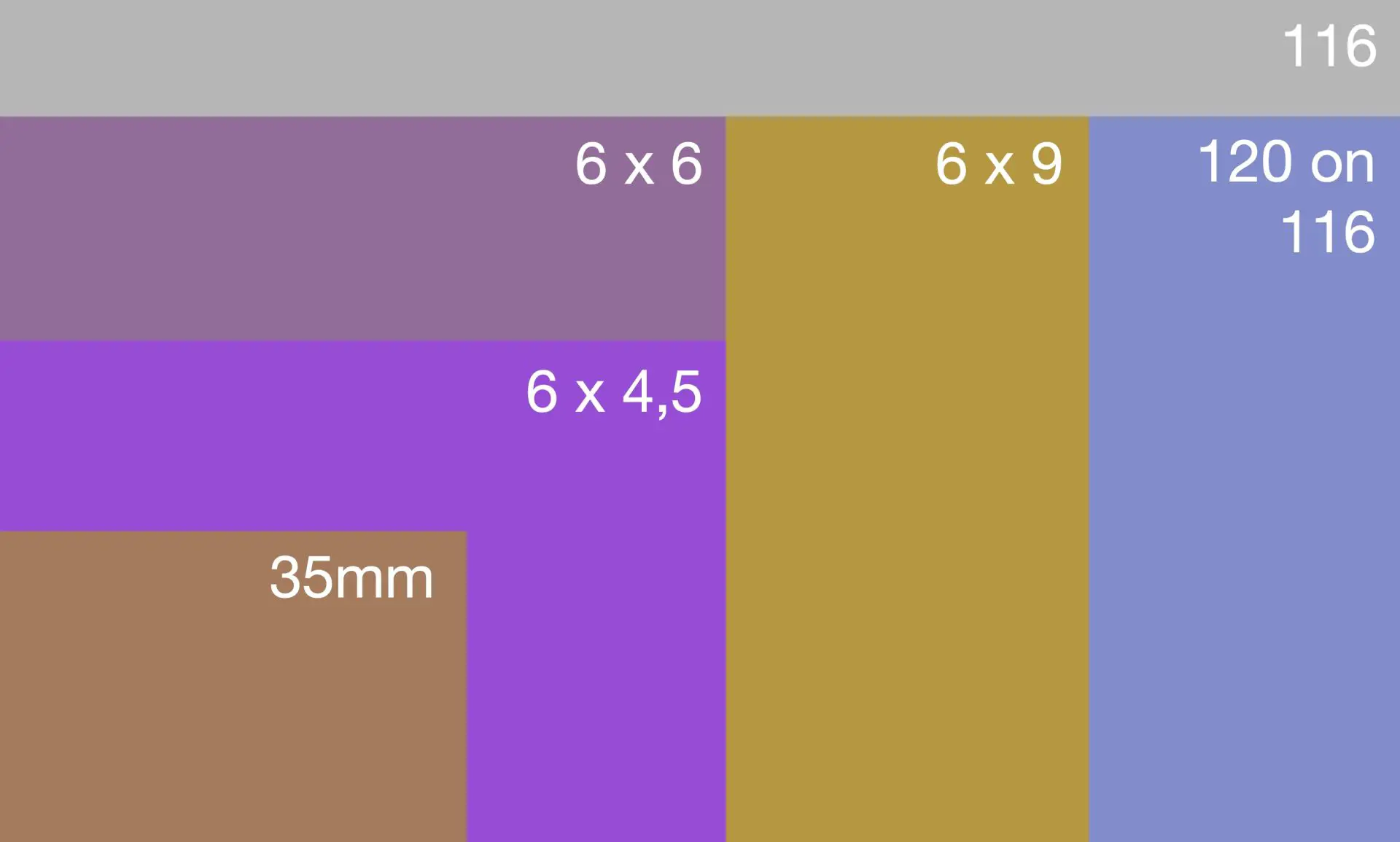
Above you can see a comparison of frame sizes on 135 and 120 film compared to the standard 116 frame. Each frame is in landscape format, extending from the lower left corner to the top right with lettering. A full 116 frame is over twice the size of a 6 x 6 frame. On 120 film, the frame is almost twice the size.
Drawback: Only one 116 full frame negs on 120 film fit in film sleeves horizontally while two fit in vertical sleeves.
Differences between 120/620 film spools and 116 spools
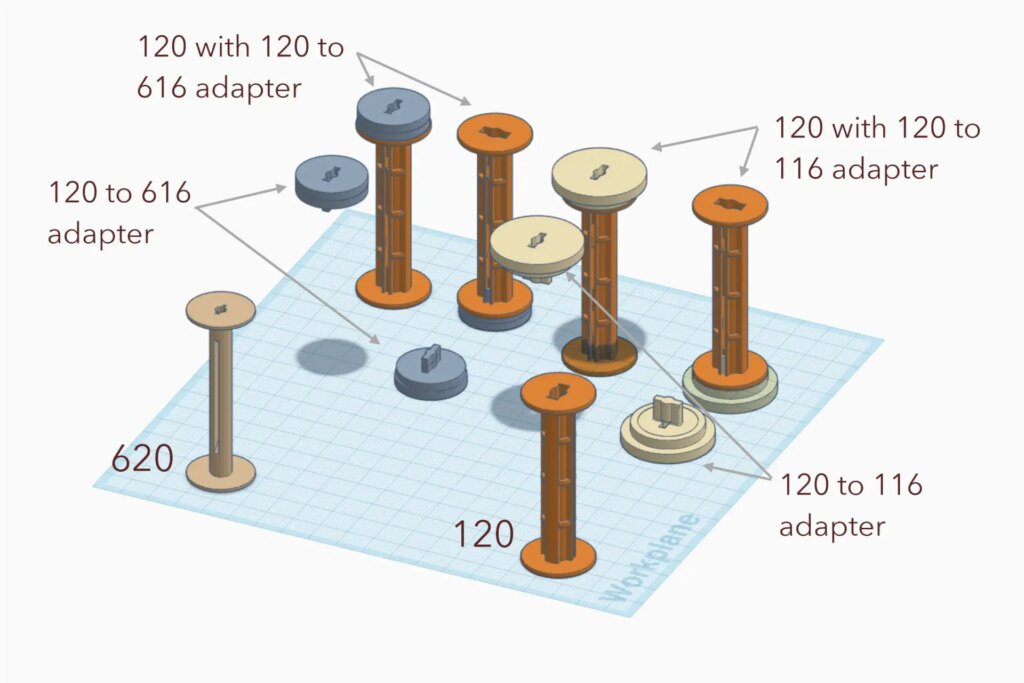
There are a few differences between the various film format spools:
- The holes in the ends of the 120, 620, 116 and 616 spools have a different geometry that engages the take-up mechanism.
- 620 and 120 spools are the same height while a 620 spool has a thiner spindle and the ends have a smaller diameter.
- 116 and 616 spools are taller than a 120/ 620 spool.
- 616 and 116 spools are the same height while a 616 spool has a thiner spindle and the ends have a smaller diameter.
- The diameter of the ends of a 116 spool are wider than the ends of a 120 spool.
Since 120 film spools will not fit in 116/616, there are hacks. It is possible to use adapters for the take-up and supply spools that will move in concert to fill in the gap. Fortunately Camerhack has the FCK-116 film adapter. The spacers are removable and use metal to engage with the wind knob, ensuring longevity.
While most hacks require attaching two adapters to the take-up and supply side, there are problems, which Denny Atkinson addresses by using only one adapter on each. The image above shows his hack for 116 and a remix for 616. Place one adapters on the top (bottom]) of each spool.
It is also worth considering the use of a 116 spool for take-up. These are made of metal, so they are durable and expensive and may not always be included with the camera you buy. Unfortunately you’ll either need to respool when sending out for processing or develop the film yourself.
Camera Options
116 box cameras are bulky and usually primitive with limited apertures, shutter speeds and focus distances. Even the high-end Zeiss Box Tengor 56/2 has only 3 apertures and 3 focus distances.
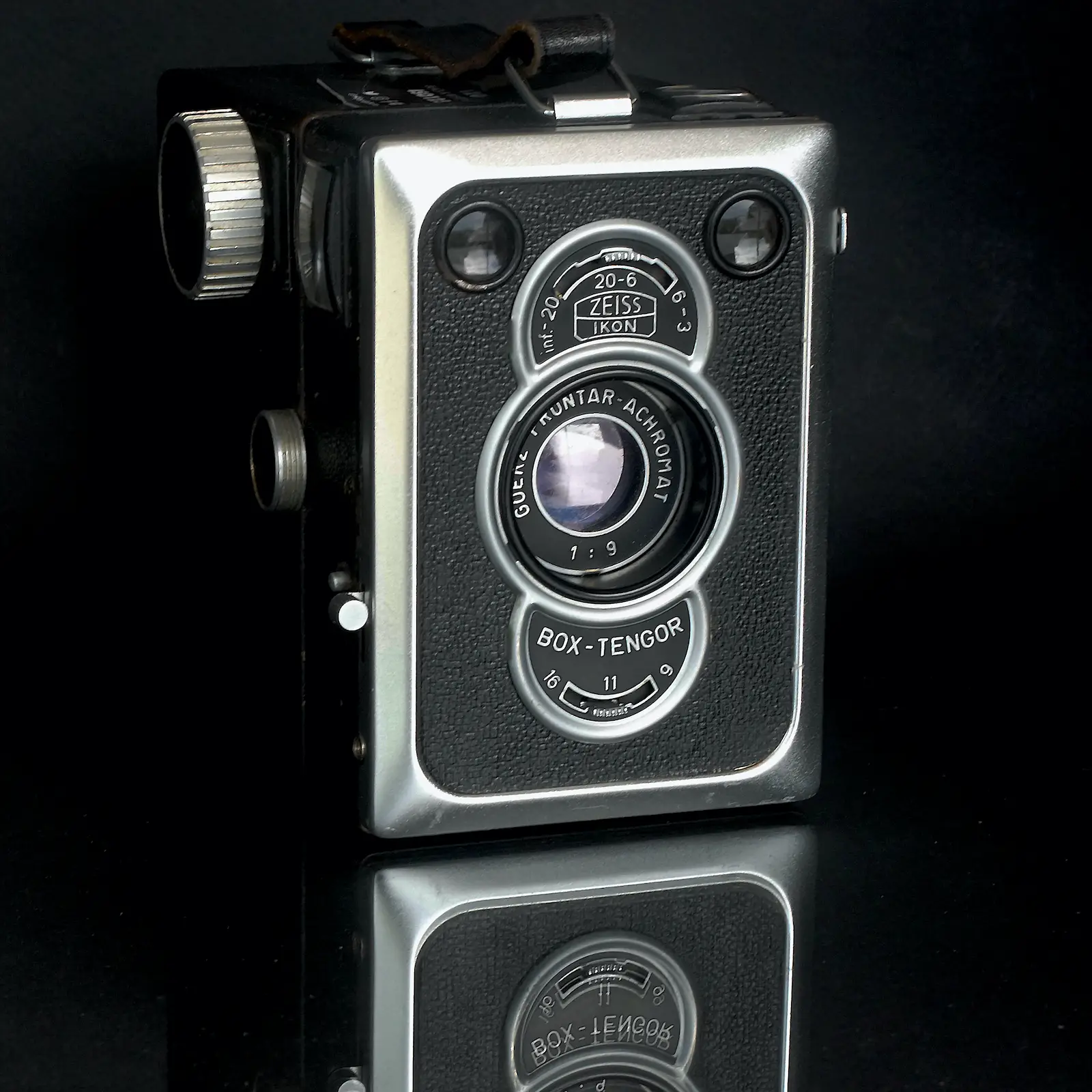
In contrast, 116 folders are more portable, lightweight and have more features. This 35mmc article on the Zeiss Ikon Nettar 515/2 demonstrates the advantages of a medium format 6 x 9. Some folders are “pocketable”, provided the pockets are strong, wide and deep. Though these have downsides too. They are scale focusing so you need to either use an external rangefinder or guess the distance. Then there’s the fixed focal length lens, the small brilliant finder and the inevitable parallax errors. Most cameras require you to set the focus to infinity before closing, while others allow you to change the focus with the camera shut.
Comparing a pair of 116 Cameras
I have made images with two 116 cameras, which are compared below. While there are many 116 cameras in the wild, these two cameras have different features (affordances) that change the experience and reveal some of the hurdles and obstacles you might face using this kind of camera.
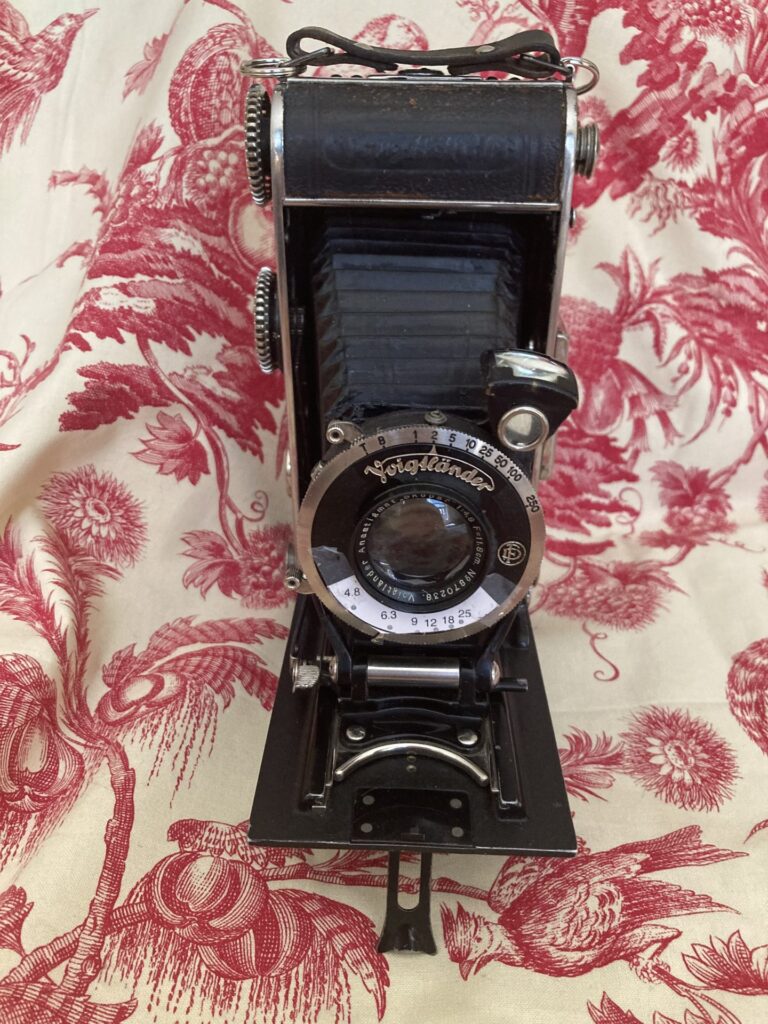
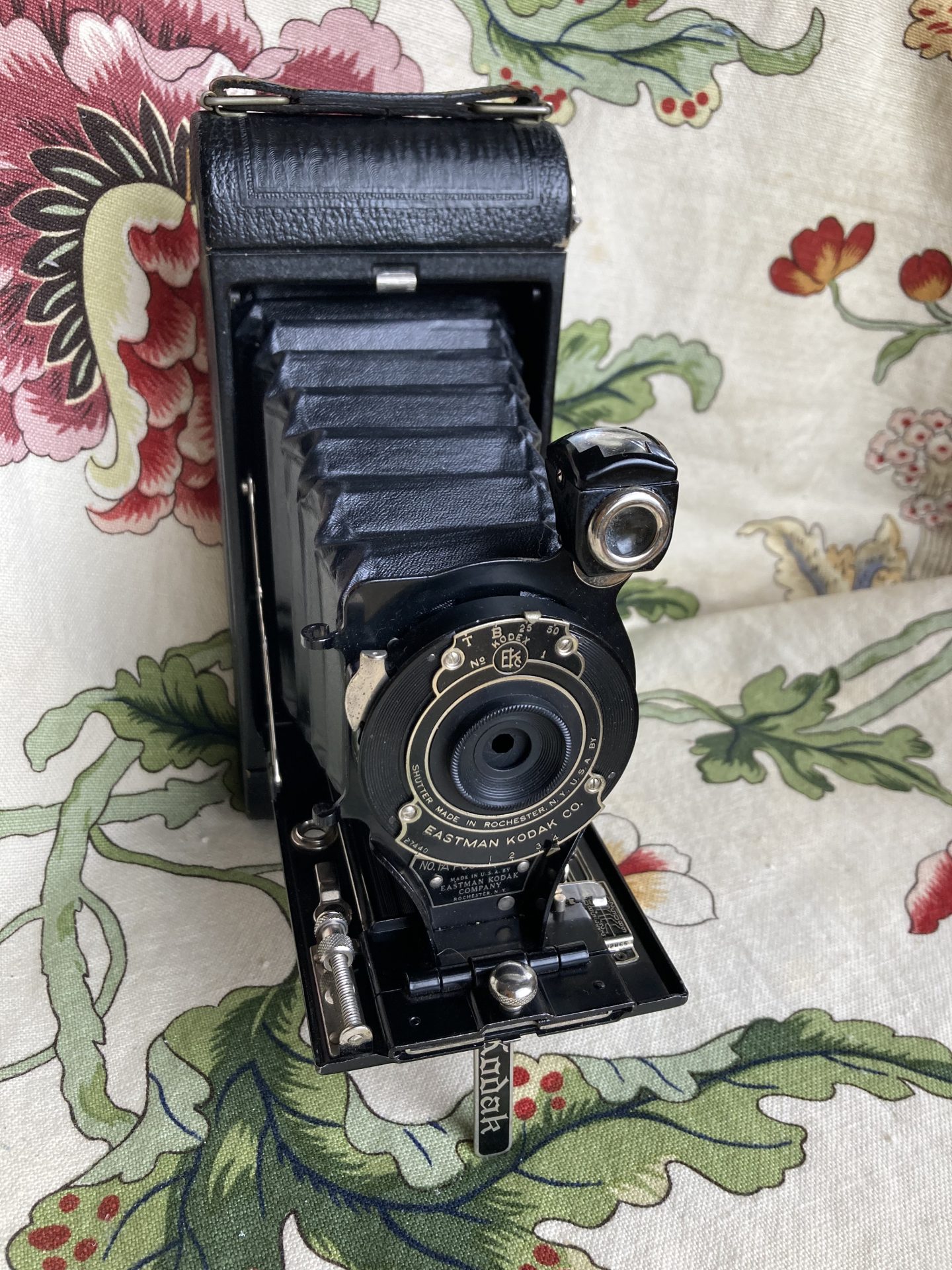
Both cameras above have B and T settings for the leaf shutter. The Kodak Kodex leaf shutter is relatively simple with only two shutter speeds (1/25 and 1/50) while the Compur on the Voigtländer has a full range of speeds between 1s and 1/100s and an additional 1/250s speed. Closest focus on the Kodak is 2m and 1,5m on the Voigtländer. While the Kodak uses the US system for f/stops which range from 6.3 to 45, the Voigtländer uses standard f/stops ranging 4.5 to 25. Although the Kodak can only be closed with the focus at infinity, the Voigtländer can be prefocused when shut. Both cameras are slightly heavier than the body of a Nikon F3.
Using a 116 camera
Advancing using 120 film
There are a couple ways to advance 120 film.
You could, of course, use the frame windows, But there may be light leaks using modern film since the coloured frame windows work with orthochromatic but not panchromatic film. The Kodak frame window faded to an orange. To minimise light leaks cover the frame windows, reveal them only in subdued light and then cover. But this is tricky.
Rather than using frame windows, tape them and use half turns (180°) of the advance knob to advance. For full frame (108mm wide) use 15 half turns to advance to the first frame and then 5 turns to advance to the the remaining 5 frames for a total of 6 frames.
Your mileage may vary. Consider sacrificing a 120 roll to determine if this works with your camera.
I use half turns since I started that way and a tech smashed the frame windows on the Kodak when putting it down on the counter, rendering the windows useless.
Hint: To avoid double exposures, consider advancing to the next frame immediately after making an image.
Framing
There one or two ways to frame the image in 116 folders.
Viewfinder. Use the brilliant finder which rotates a quarter turn, allowing vertical and horizontal framing, albeit rough. The image is reversed (left/right), like a TLR in portrait. All 116 folders have this framing method.
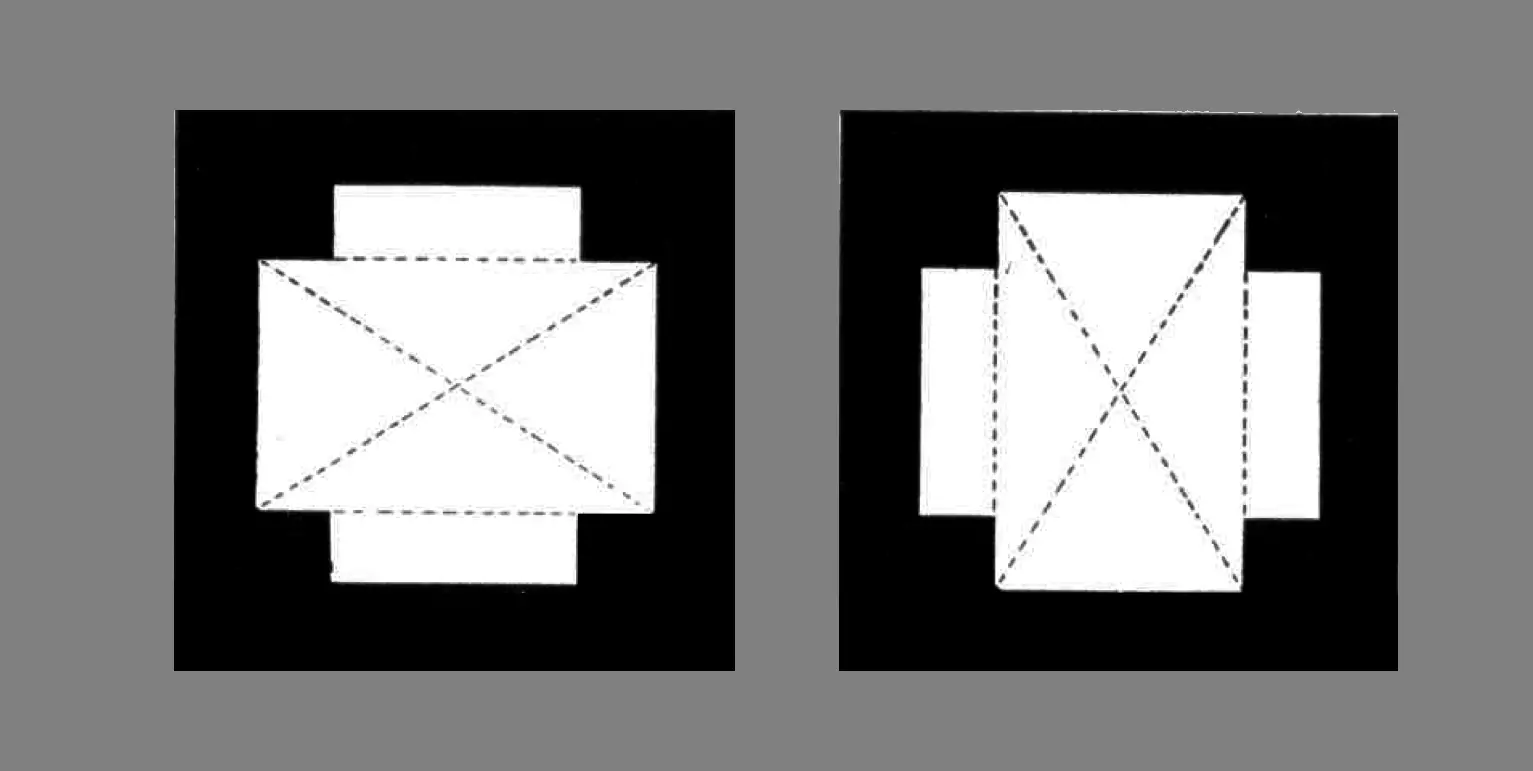
Frame set. Some cameras have a frame set (aka sports finder) for more accurate framing, in addition to the brilliant finder. A frame set is metal. Some like the Voigtländer Inos ii have inserts that popup to show only part (65mm x 65mm) of the full frame, used when a frame mask is inserted to reduce the image size. While the Kodak does not have a frame set, the Voigtländer frame mask reduces the image to the square, which corresponds to the central area of the landscape and portrait frames.
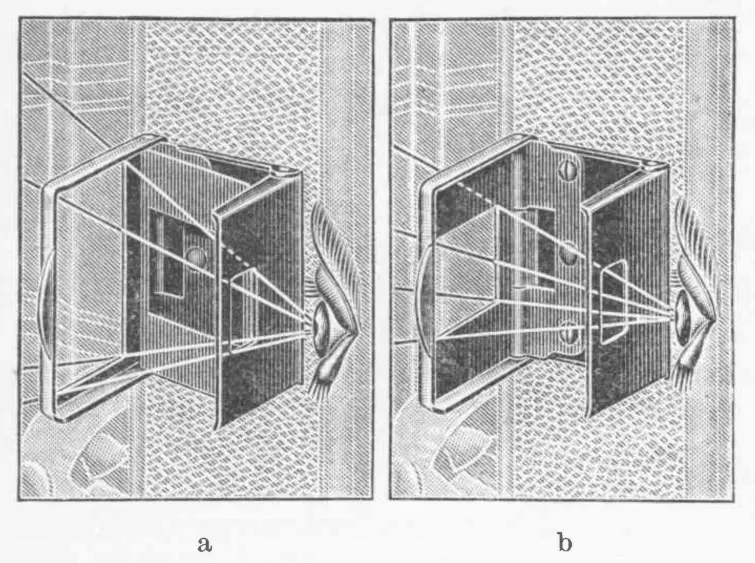
A Couple of photos
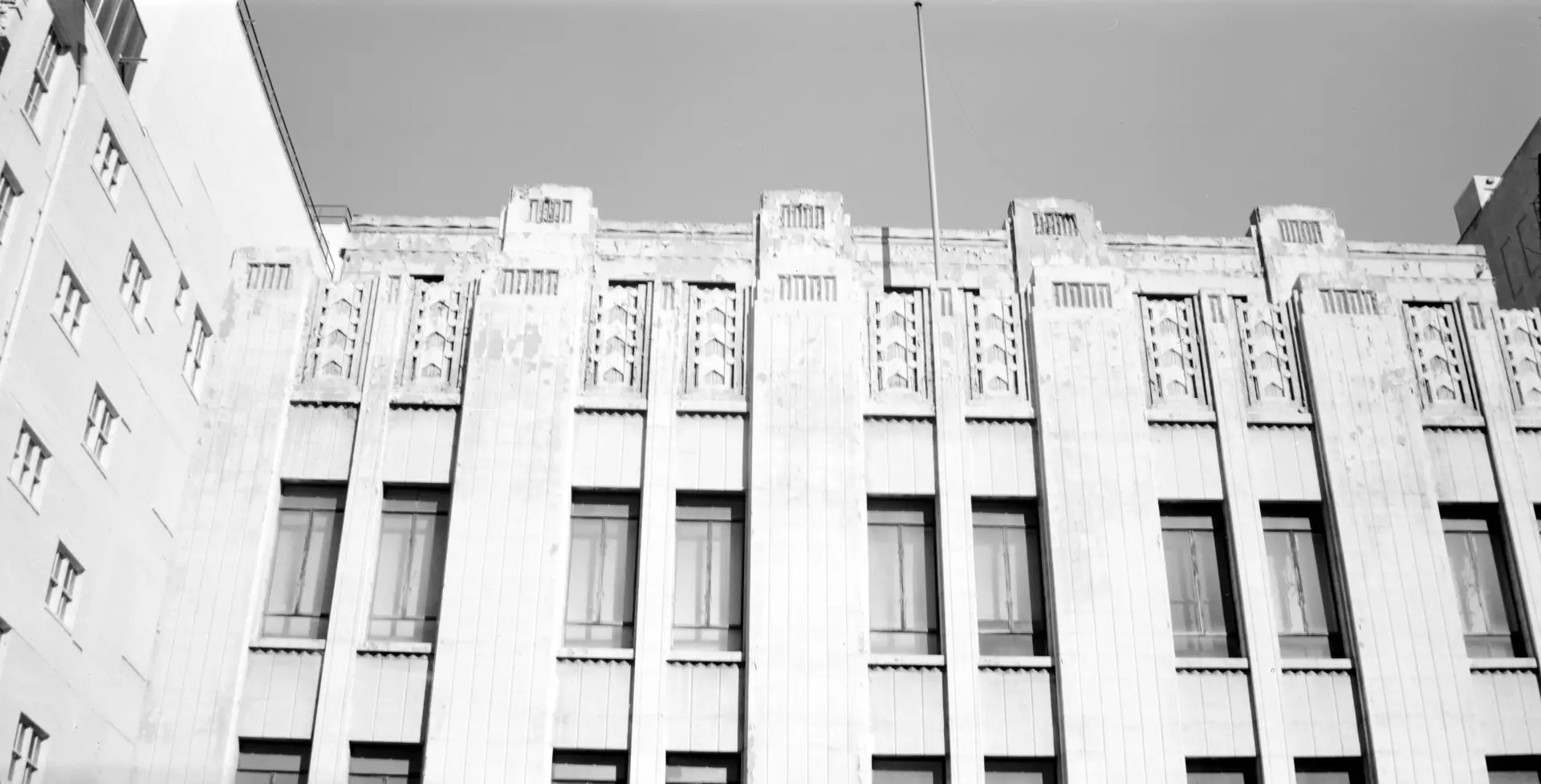
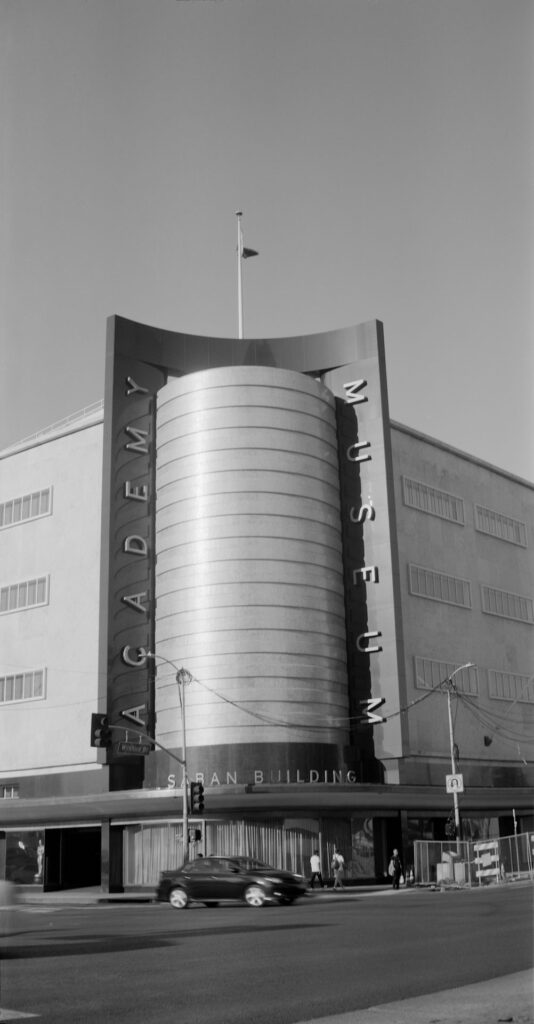
Final Thoughts
116 Folders offer an affordable alternative to many other options for creating wide aspect images yielding relatively large frames on 120 film in a relatively compact and light package.
The widescreen format is both intriguing and cinematic. In comparison, 6 x 9 images just seem to be larger versions of 35mm (1,5:1). In contrast, square format (6 x 6 or 1:1) and 645 (3:4) are alternatives to the standard 35mm aspect ratio. Formats at least as wide as 1.75:1 can seem more interesting and certainly provide a wider frame.
There’s also the “less is more” factor. I prefer the discipline of fewer images per roll on medium format compared to the 36 on 35mm film. Going wider than 6×9 yields even fewer images. On 120 film, 116 cameras at full frame yield 6 frames rather than 8 (6 x 9), 12 (6 x 6) or 16 (6 x 4,5) frames.
Overall, if you are interested in shooting wide aspect ratio images, and maybe even enjoy the fun of shooting with cameras that many might consider obsolete, a 116 camera can provide a lot of enjoyment!
Share this post:
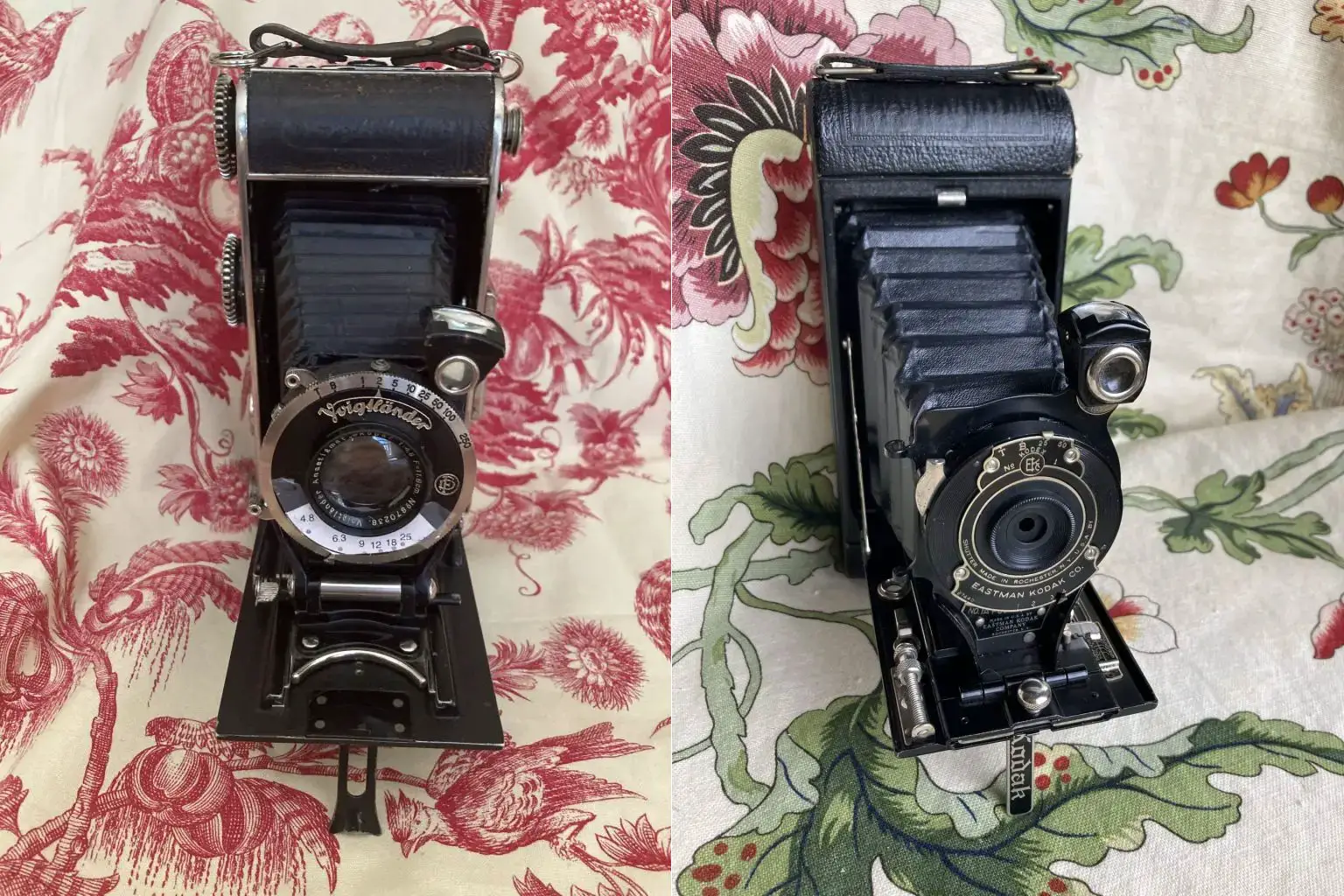
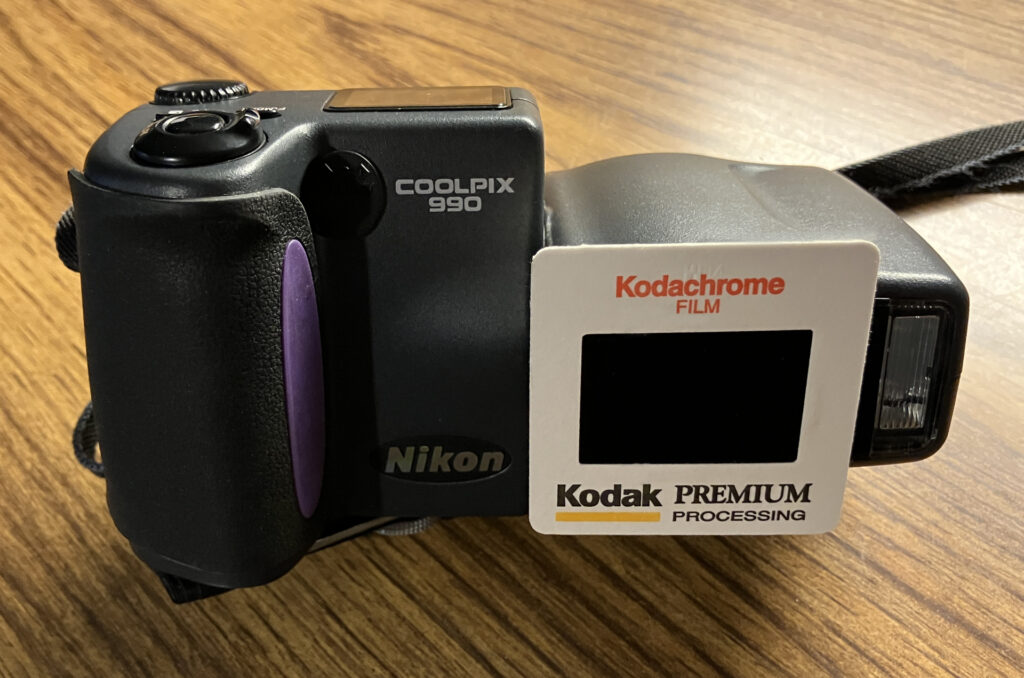
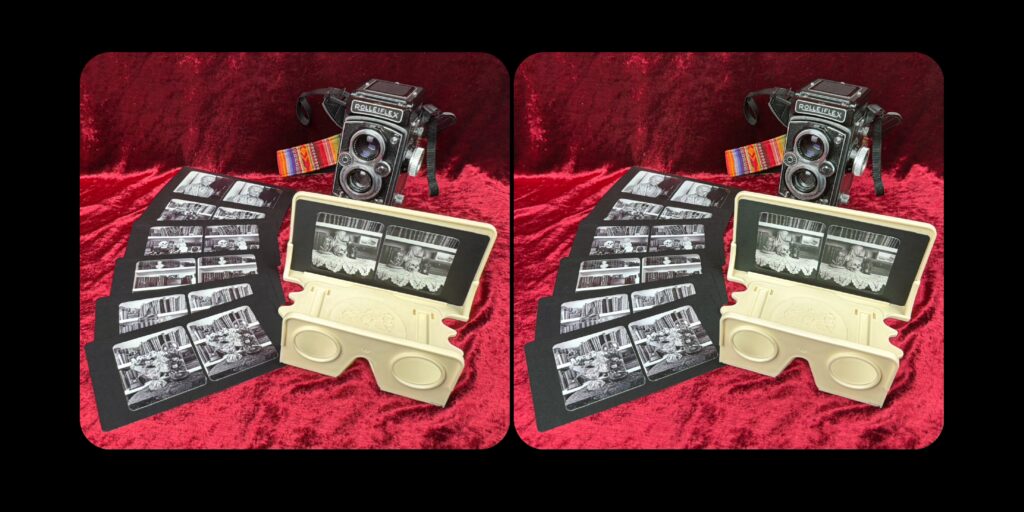

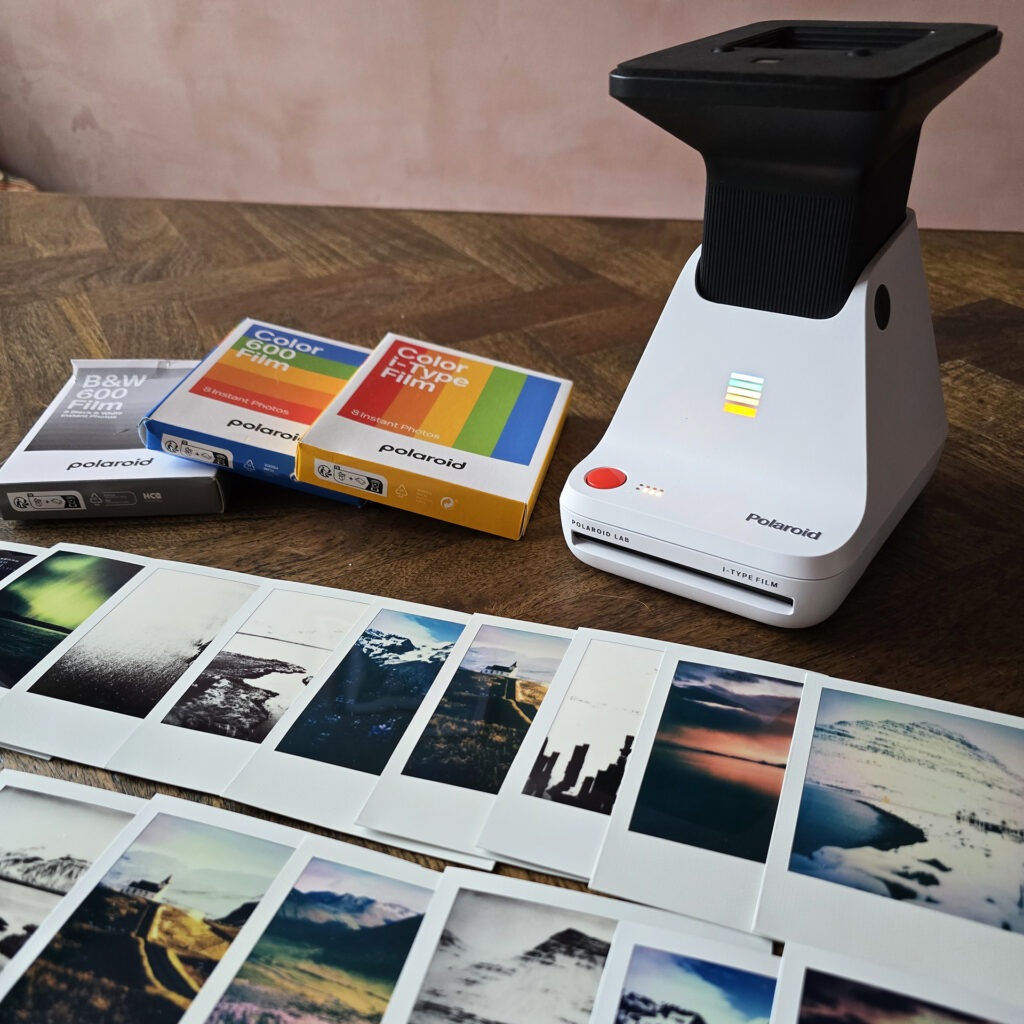




Comments
Michael Zwicky-Ross on 116 Cameras – Shooting Wide Aspect Ratio on a Shoestring
Comment posted: 12/12/2023
Comment posted: 12/12/2023
Simon Foale on 116 Cameras – Shooting Wide Aspect Ratio on a Shoestring
Comment posted: 12/12/2023
I reviewed my experiences with my late grandfather's 1A Autographic Kodak Junior earlier this year, on this site: https://www.35mmc.com/03/02/2023/kodak-junior-no-1a-autographic-song-of-the-centenarian-from-the-1920s-to-the-2020s-by-simon-foale/
That camera also used 116 film but I bought a couple of pairs of cheap spacers online to allow me to use 120 in it. Like you I taped over the frame counter window. I had to scan the negs and transparencies in two bites with my Nikon scanner, which only scans up to 83mm lengthwise (and 56 wide), and blend them in Photoshop. They are lovely old cameras.
Comment posted: 12/12/2023
Geoff Chaplin on 116 Cameras – Shooting Wide Aspect Ratio on a Shoestring
Comment posted: 12/12/2023